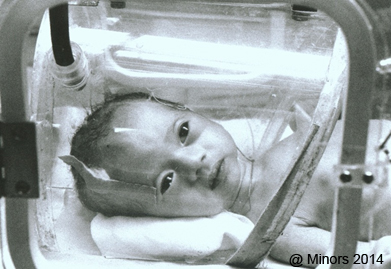WHO (A-H)
Abandoned

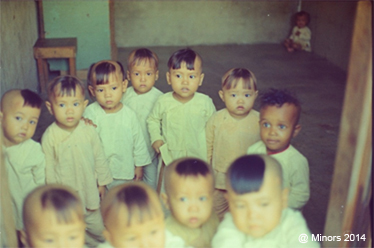
The first encounter Minors’ staff had with orphaned and abandoned children in Southeast Asia was during the U.S. war at this Buddhist temple in Bien Hoa province northeast of Saigon, in 1970. Many Amerasians, or mixed raced Vietnamese-American children, were among the infants and toddlers abandoned, or left in early mornings at the temple.
Blind And Abandoned

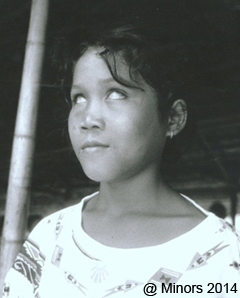
Some years after the U.S. war, we were made aware of orphans still in Viet Nam or among the hundreds of thousands of displaced persons in Cambodia, who were not only abandoned, but physically handicapped as well. At this time Minors began resettlement and medical assistance for such exceptionally disadvantaged children.
Camp Children


Minors was formed as an organization in 1984 to support efforts to provide resettlement and related assistance to children in Ban Vinai refugee camp in northern Thailand who were orphaned or separated from their immediate families, many of whom had resettled in the U.S.
This camp was mostly populated with ethnic Hmong refugees from Laos, and several other ethnic groups, such as H’tin, Khmu, Lao and Mien. Our program assisted children at other camps as well, including Chiang Kham, Nong Khai and Panat Nikhom, and later at Wat Tham Krabok, all in Thailand.
Detained Families And Children


In the 1980s and 90s Minors helped out a number of families, and in some cases children without their families, held in Thailand as Unauthorized/Undocumented Arrivals, at jails or other facilities along Thailand’s borders with Cambodia and Laos, and in Bangkok as well.
Elders Alone


Since our earliest days as an organization in the early 1980s in the refugee camps of northern Thailand, until now in the Centers For Social Security at several provinces in northern Viet Nam, Minors has helped provide basic support for scores of elderly folks on their own,in difficult conditions.
Fire And Flood Victims

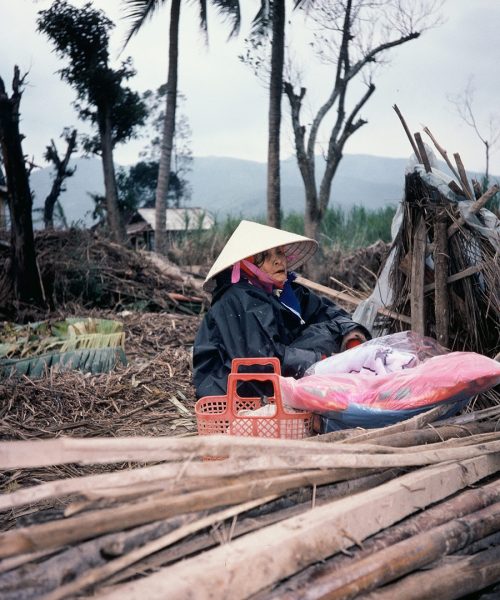
In the mid to late 1990s Minors provided emergency disaster relief at remote villages in central and southern Viet Nam in Long An, Quang Nam, Thua Thien Hue, provinces. Those most often left with the least were older women living on their own. After a severe flood these two widows had only a few remnants of their homes, neatly stacked.
Girls To School
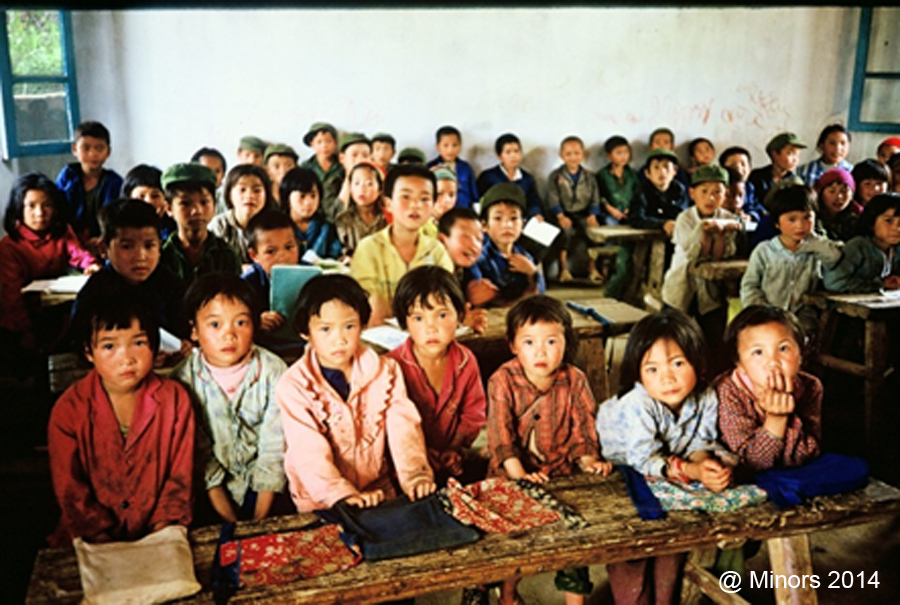

For nearly a quarter of a century, Minors has focused our efforts on increasing enrolment, years in school, and most importantly days in attendance per school year for ethnic minority girls from the most remote mountain villages, which are also the villages in Laos and Viet Nam that have the highest number of households living under the severe poverty line. Please see What We Do for our current program, and for impact and results Recognition
Hospital Patients
